
Where Function Meets Sculpture
Everyday Elements Reimagined through an Artistic Lens
Office 'O' explores the intersection of utility and art, transforming mundane architectural elements—such as electrical boxes and hydrants—into sculptural interventions. Drawing inspiration from artists like Richard Serra and Daniel Buren, each piece is precisely composed in concrete or steel, becoming a site-specific gesture that enhances the spatial identity of its setting. These details shift functional objects into moments of aesthetic and conceptual reflection, anchoring the everyday in intentional design.
Hydrant Box
Inspired by Richard Serra,
American Sculptor and Video Artist
Richard Serra is one of the preeminent American artists and sculptors of the post-Abstract Expressionist period. Beginning in the late 1960s to the present, his work has played a major role in advancing the tradition of modern abstract sculpture in the aftermath of Minimalism. His work draws new, widespread attention to sculpture's potential for experience by viewers in both physical and visual terms, no less often within a site-specific, if not highly public setting.
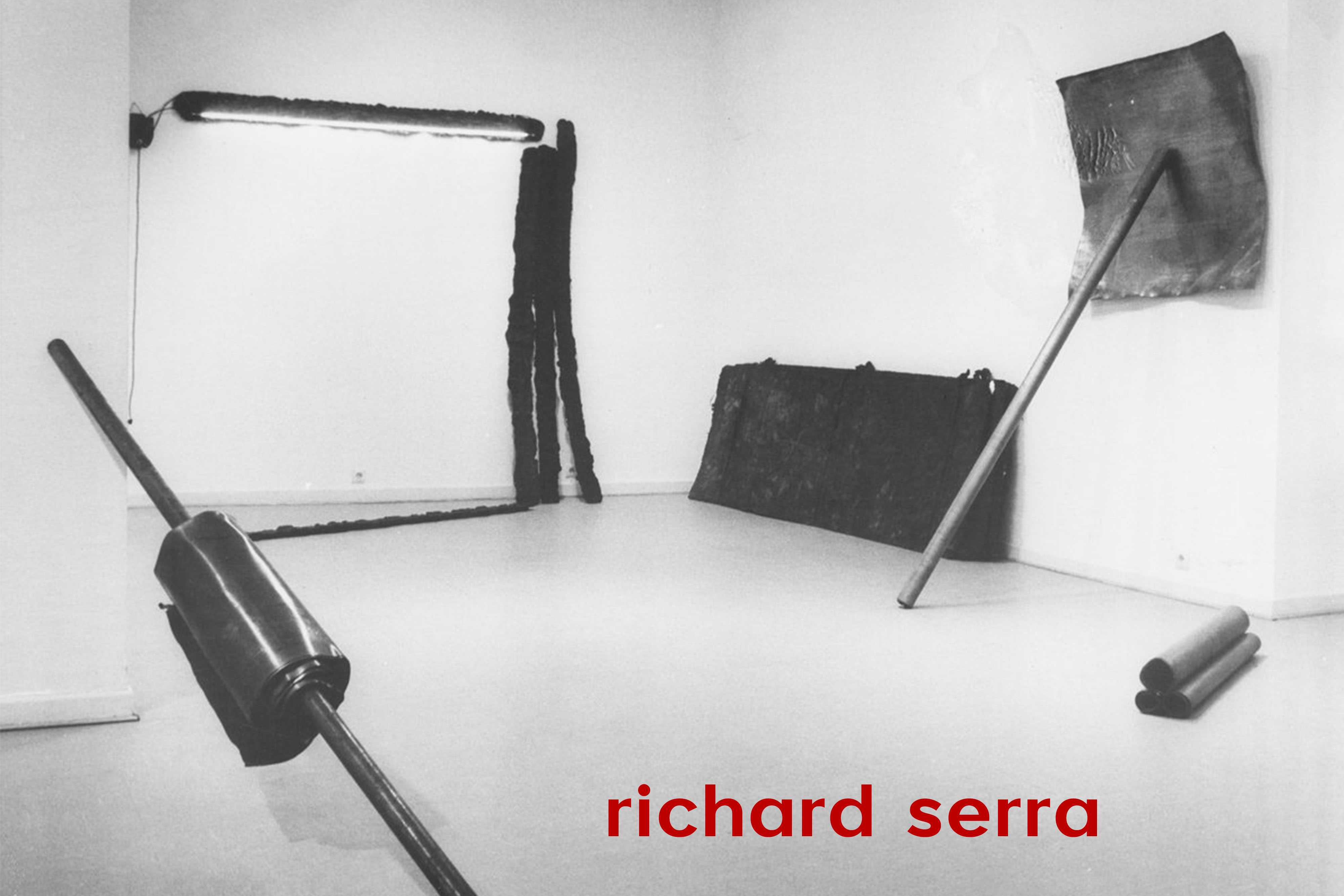
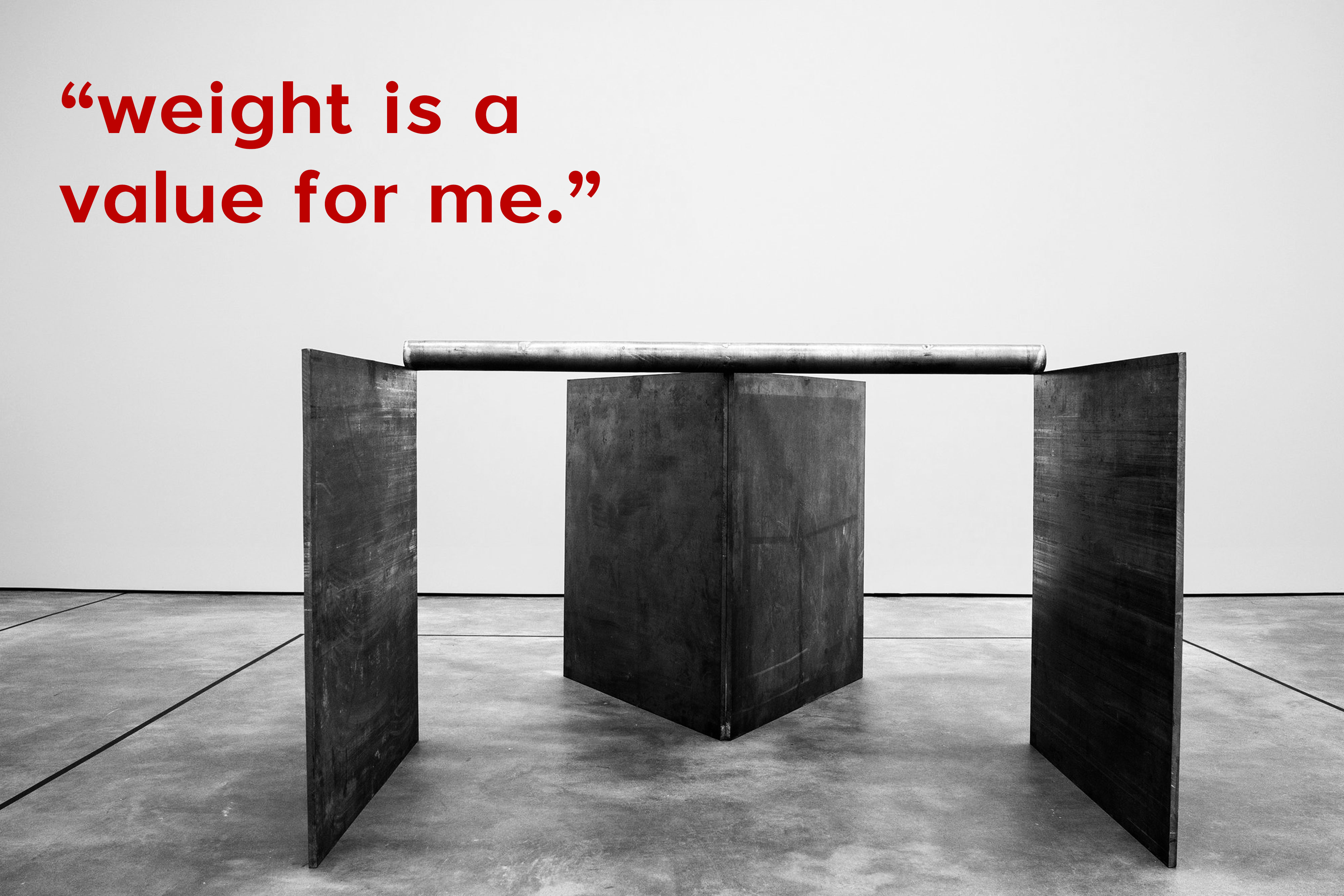
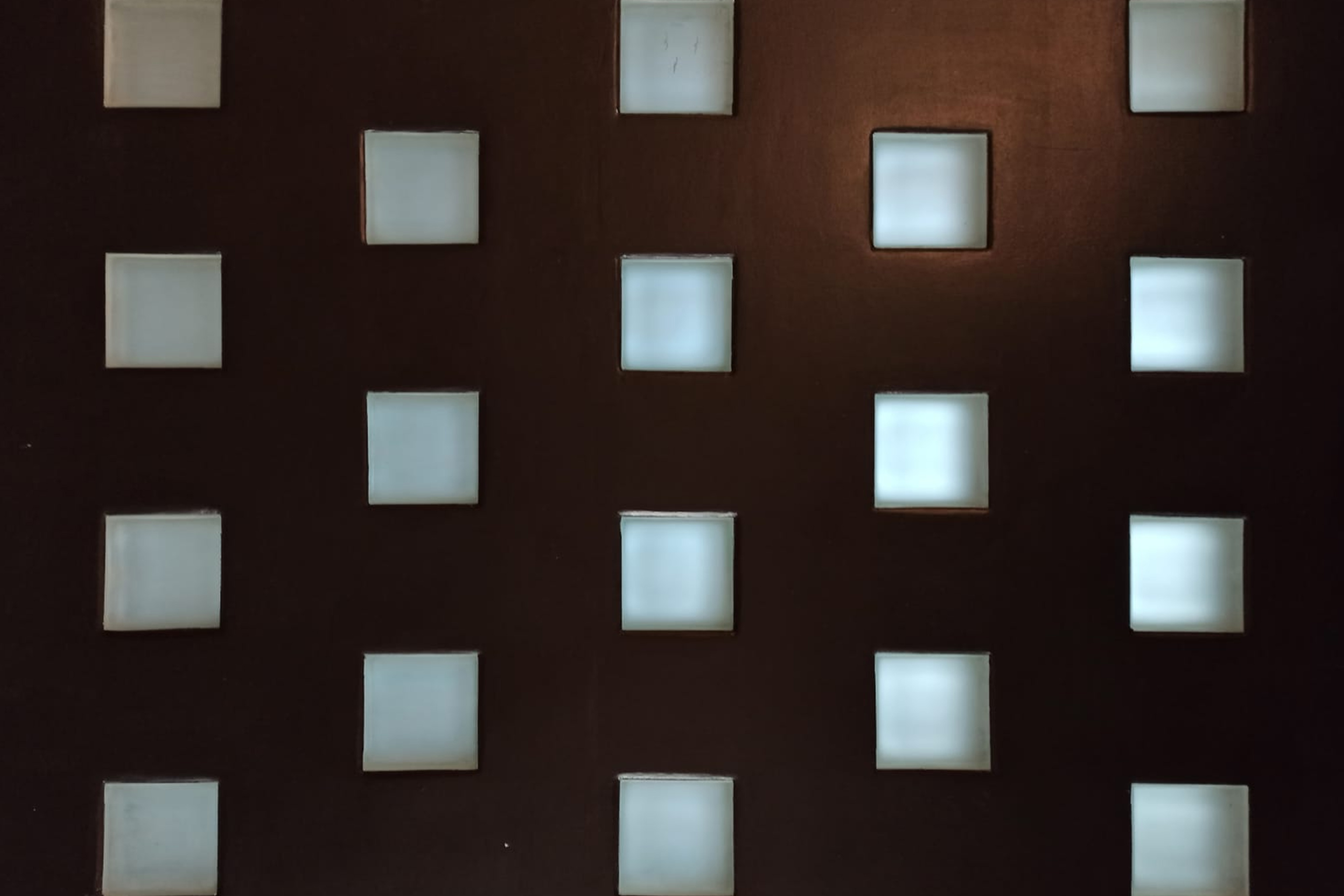
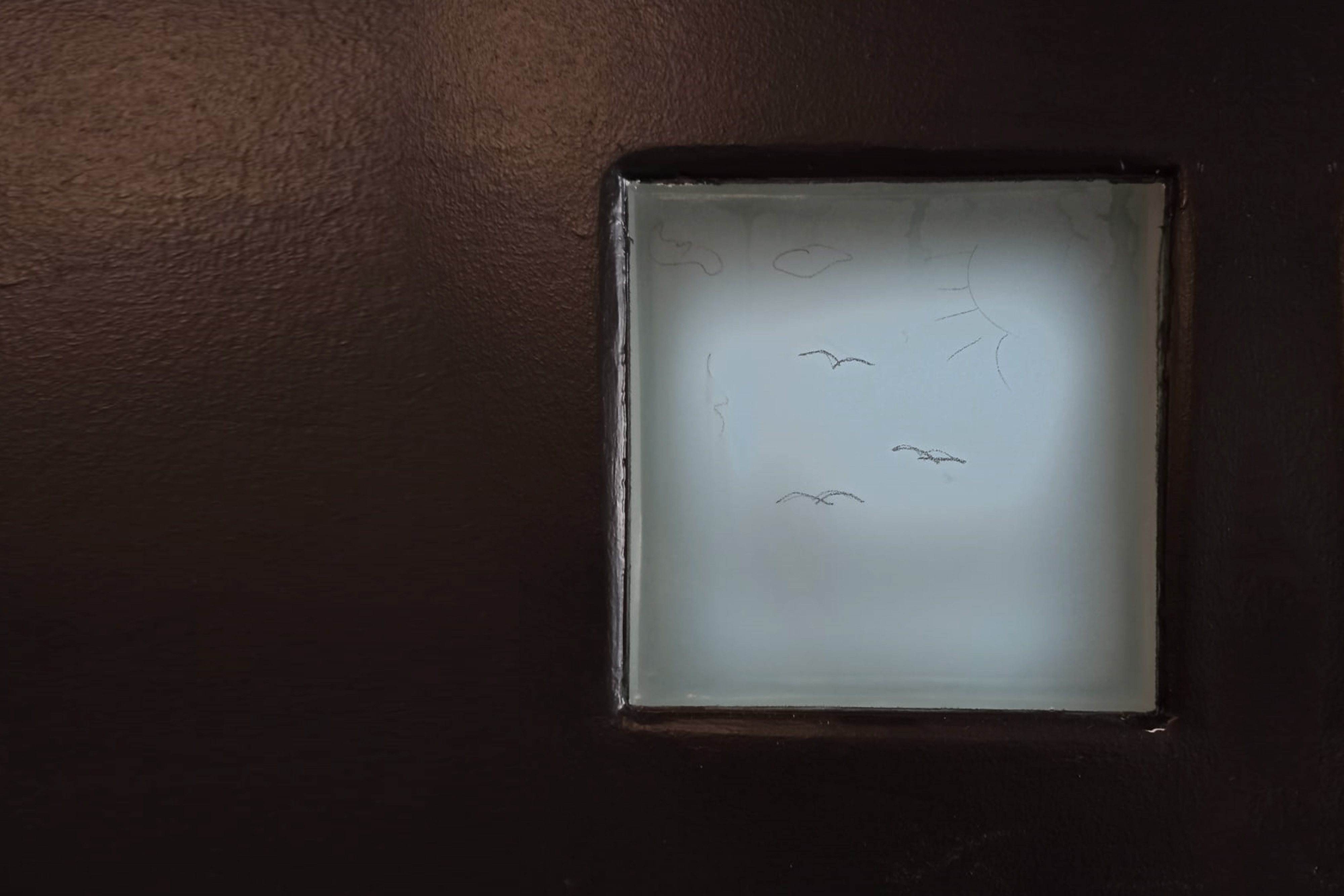
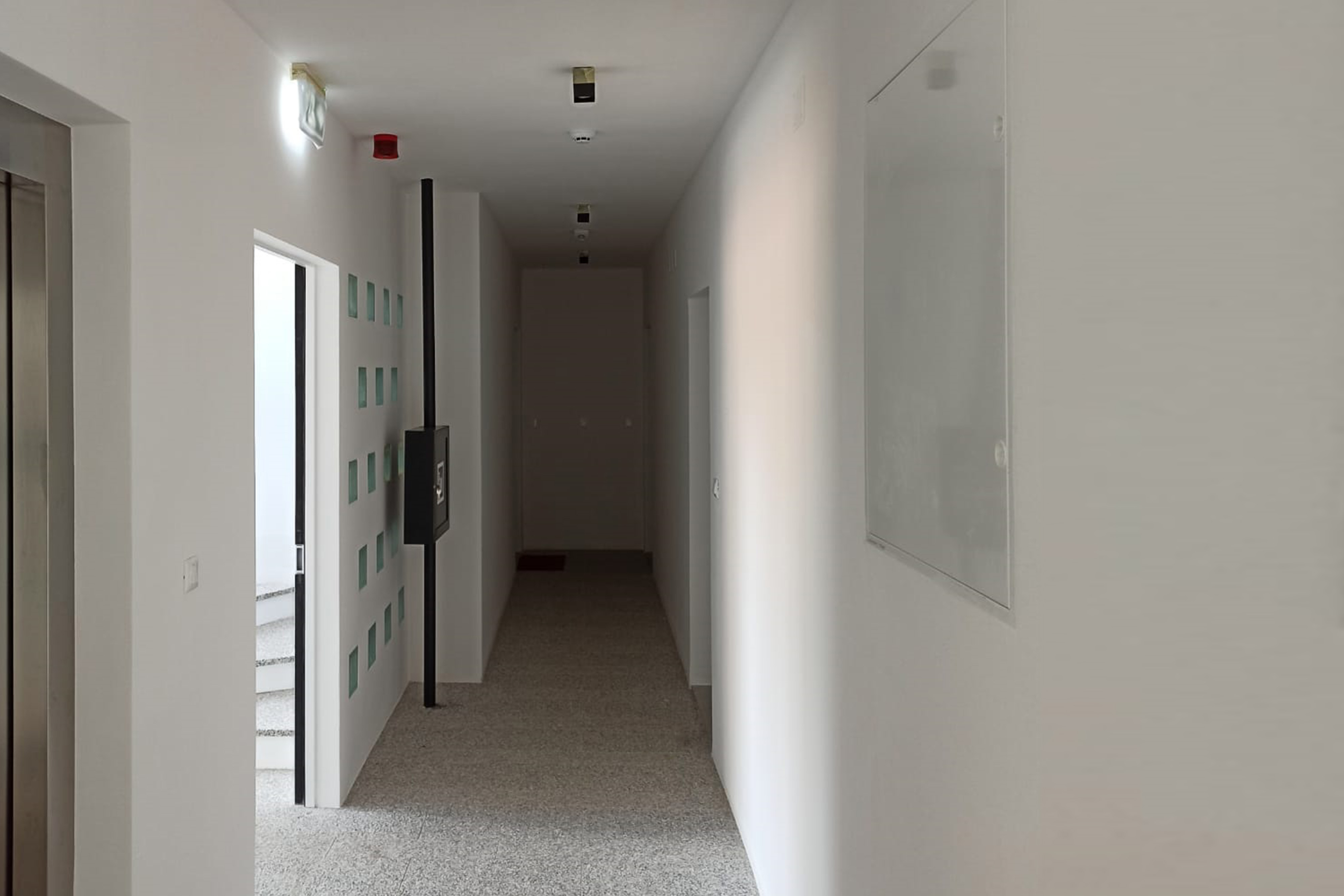

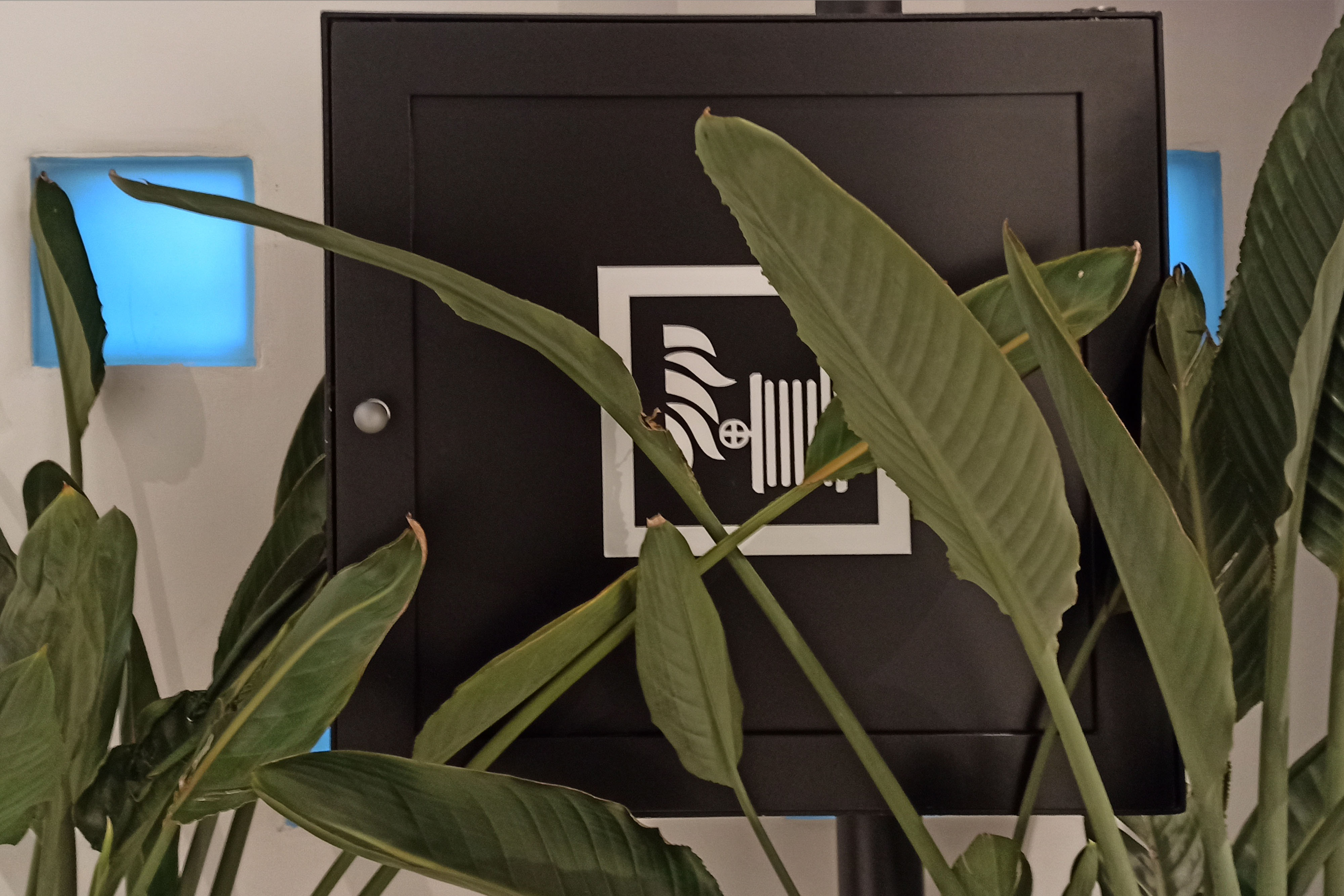
Serra is still trying to make steel do things unprecedented in nature or architecture. “I actually taught the steel-producing industry to make forms they’d never dealt with before, and build machines they’d never built before to make them, which has helped them receive jobs in the aerospace industry,” he says. “We’ve come up together.” Band, a 72-foot serpentine ribbon, and the smaller and more subtle Torqued Torus Inversion, look simple enough in Serra’s quick sketches but become impossible to size up in elevation, the walls appearing to slant backward or forward with the minutest shift in the viewer’s position. The effect is especially spectacular in Sequence, a curlicued S that you enter on one side, emerging from another after negotiating a dizzying double spiral. “It’s almost like walking a Möbius strip—you get confused about what’s inside and outside,” the artist says.
Garage Details
Inspired by Daniel Buren
French conceptual Artist, Painter, and Sculptor
French artist Daniel Buren’s expansive career has led to permanent installations around the world, including at the Guggenheim Bilbao, Storm King Art Center in New York, and Toyota Municipal Museum of Art in Tokyo, and landed him in the permanent collections of the Tate Modern and Paris Museum of Modern Art, among others. He had his first solo show in Milan at Galerie Apollinaire at the age of 30, yet three years later in 1971, Americans found his Peinture-Sculpture, a six-foot wide banner that divided the lobby of the Guggenheim Museum in New York, too offensive for public display and Buren was removed from the group show. Three decades later, the same museum hosted a retrospective of Buren’s work. Now, Buren’s five-decade history is condensed into five paintings (one from each decade) on view at The 2015 Amory Show in New York.
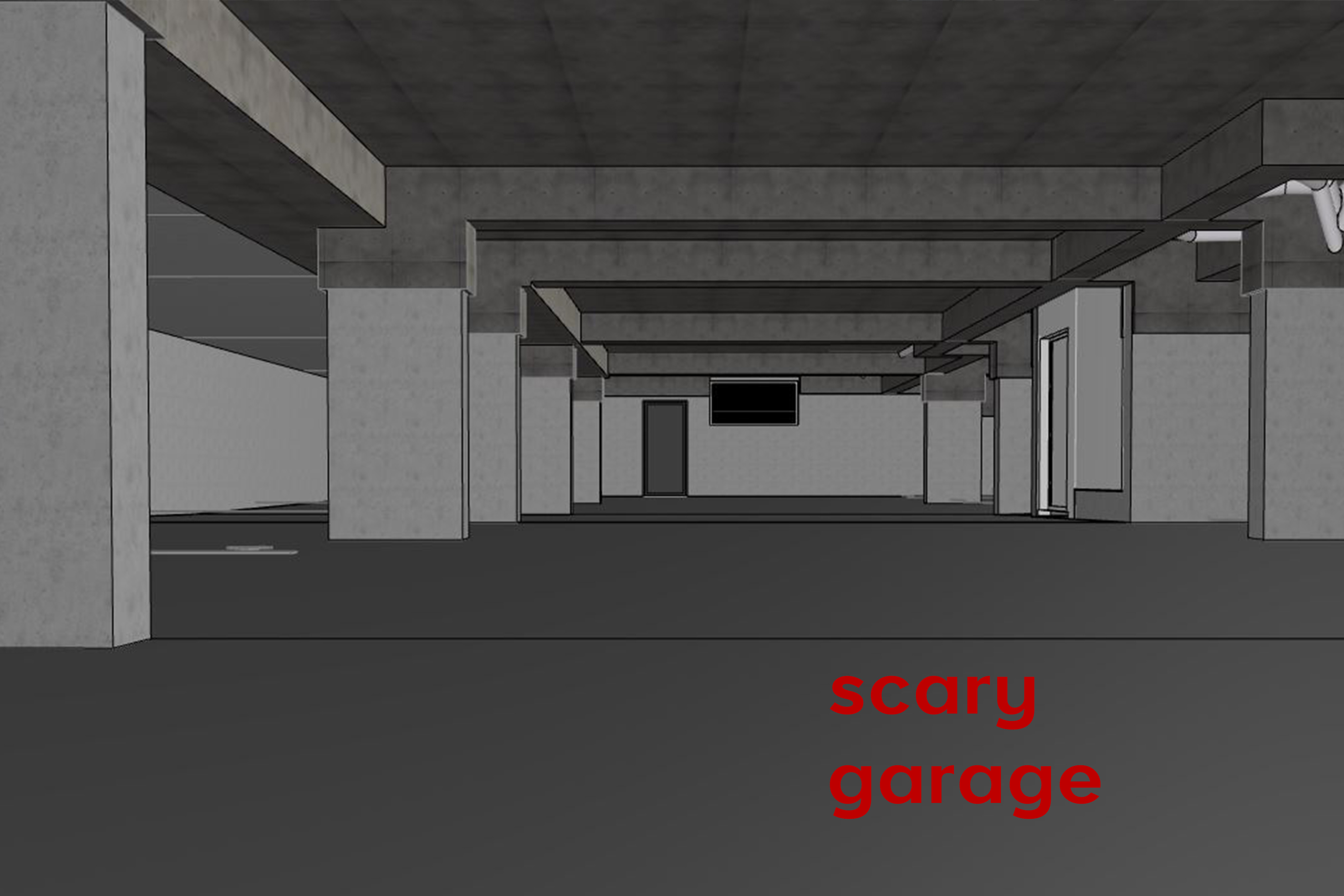
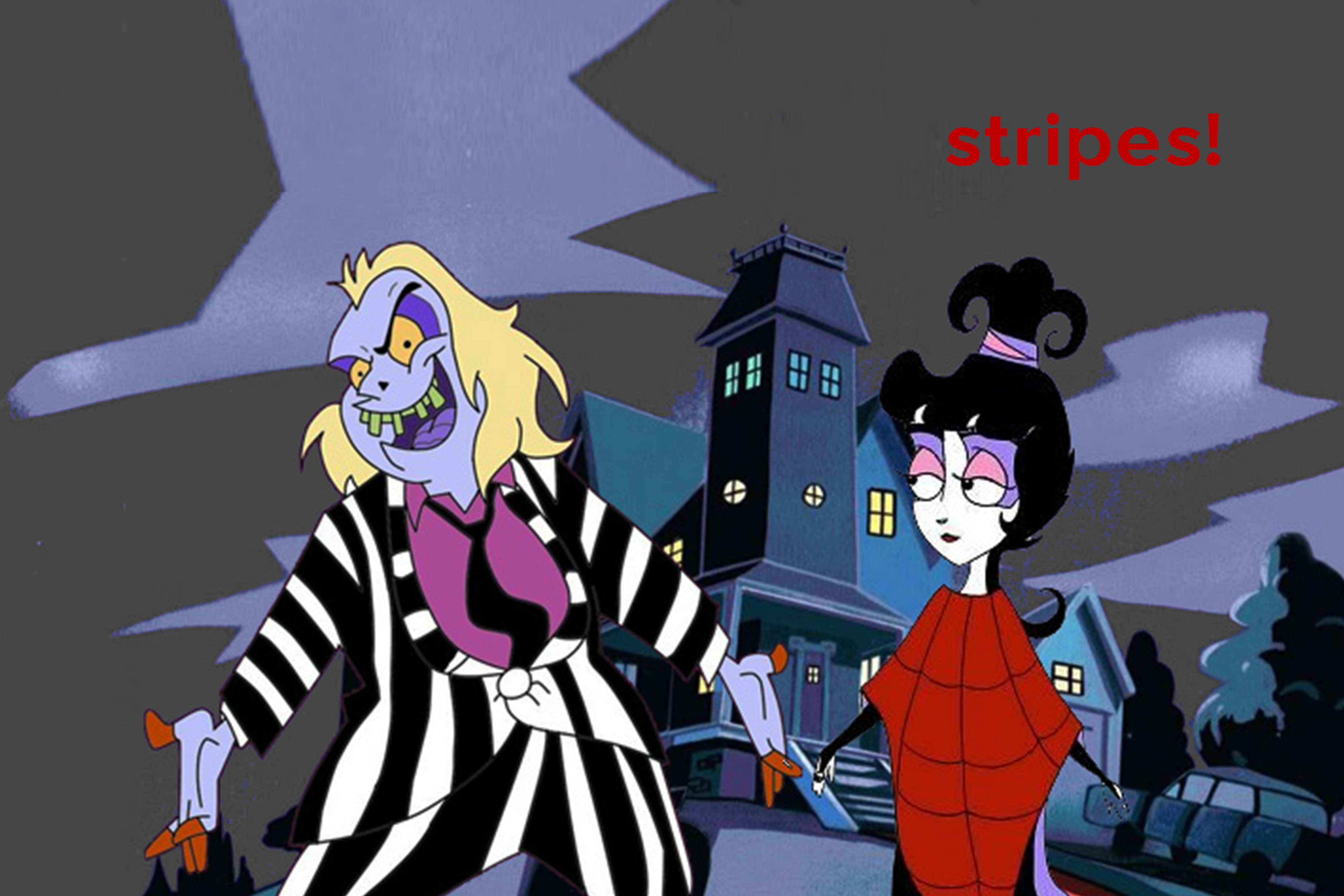
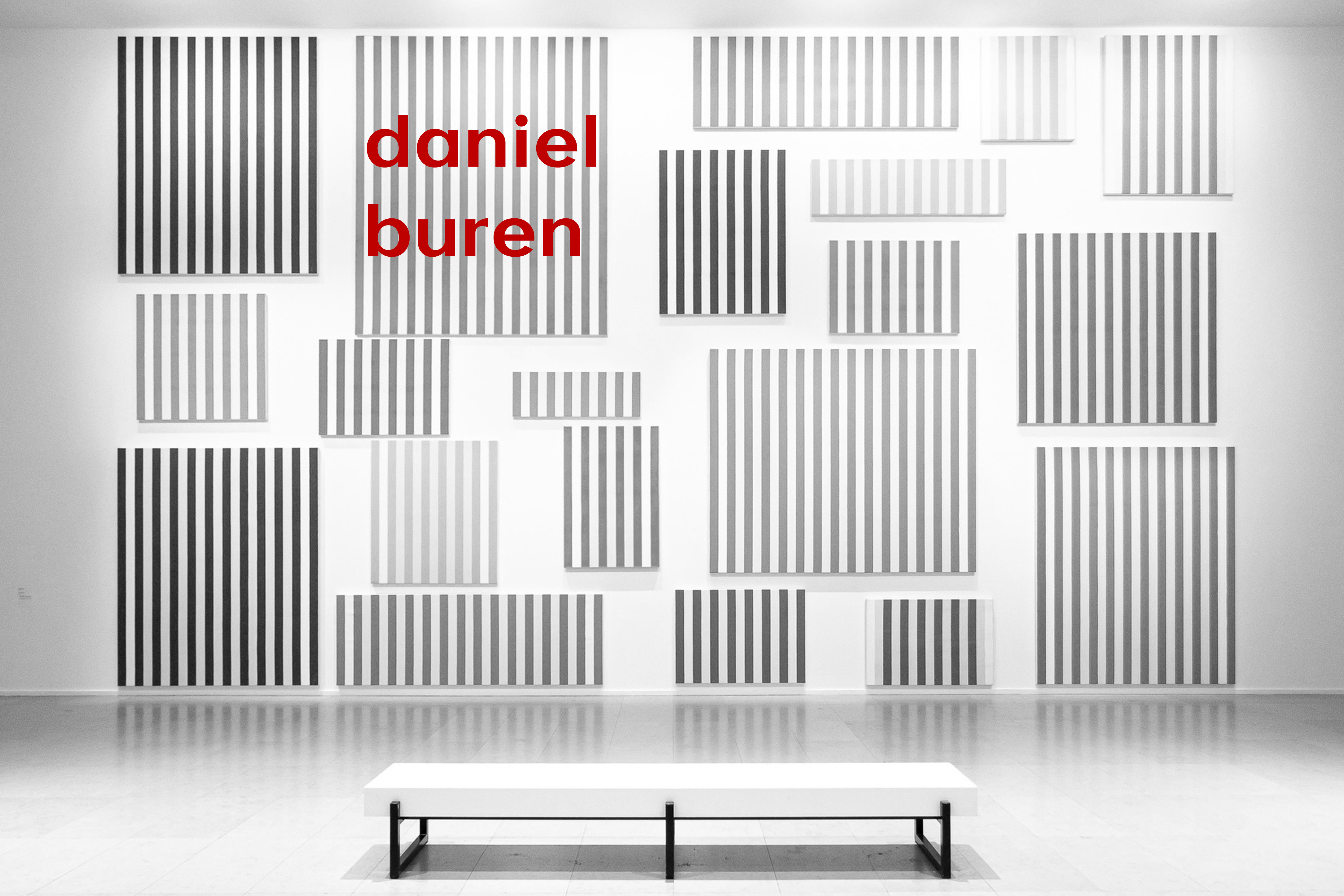
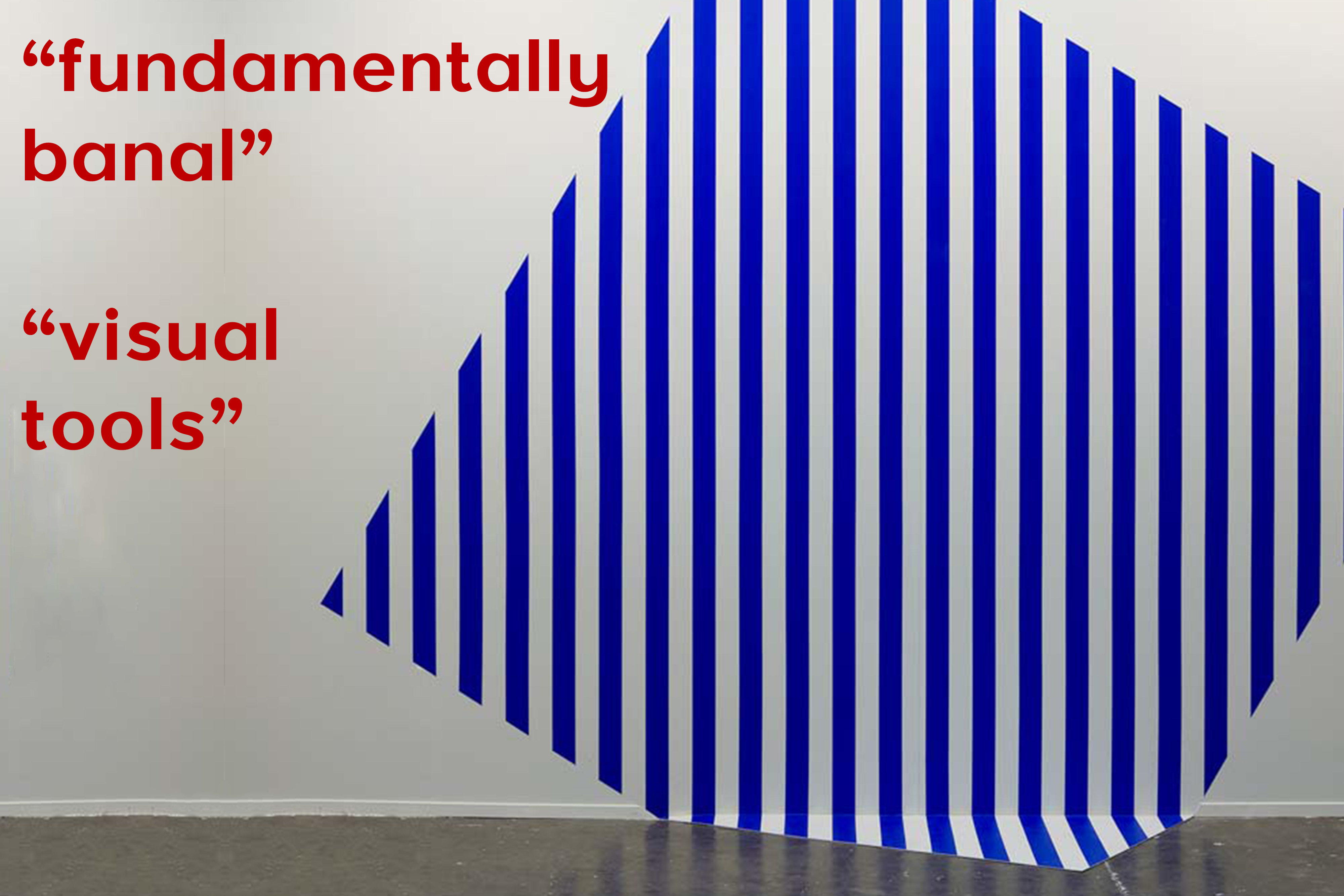
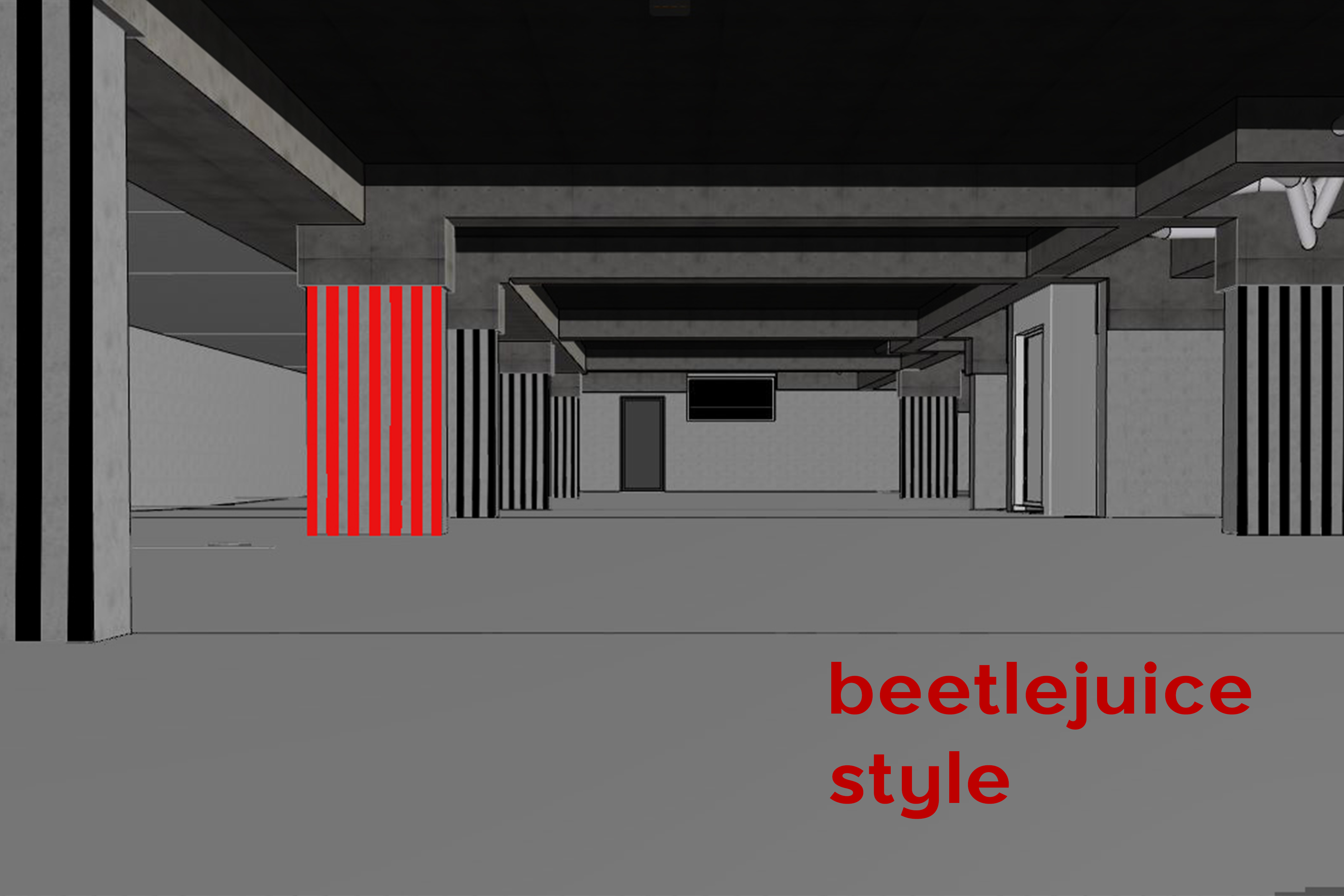
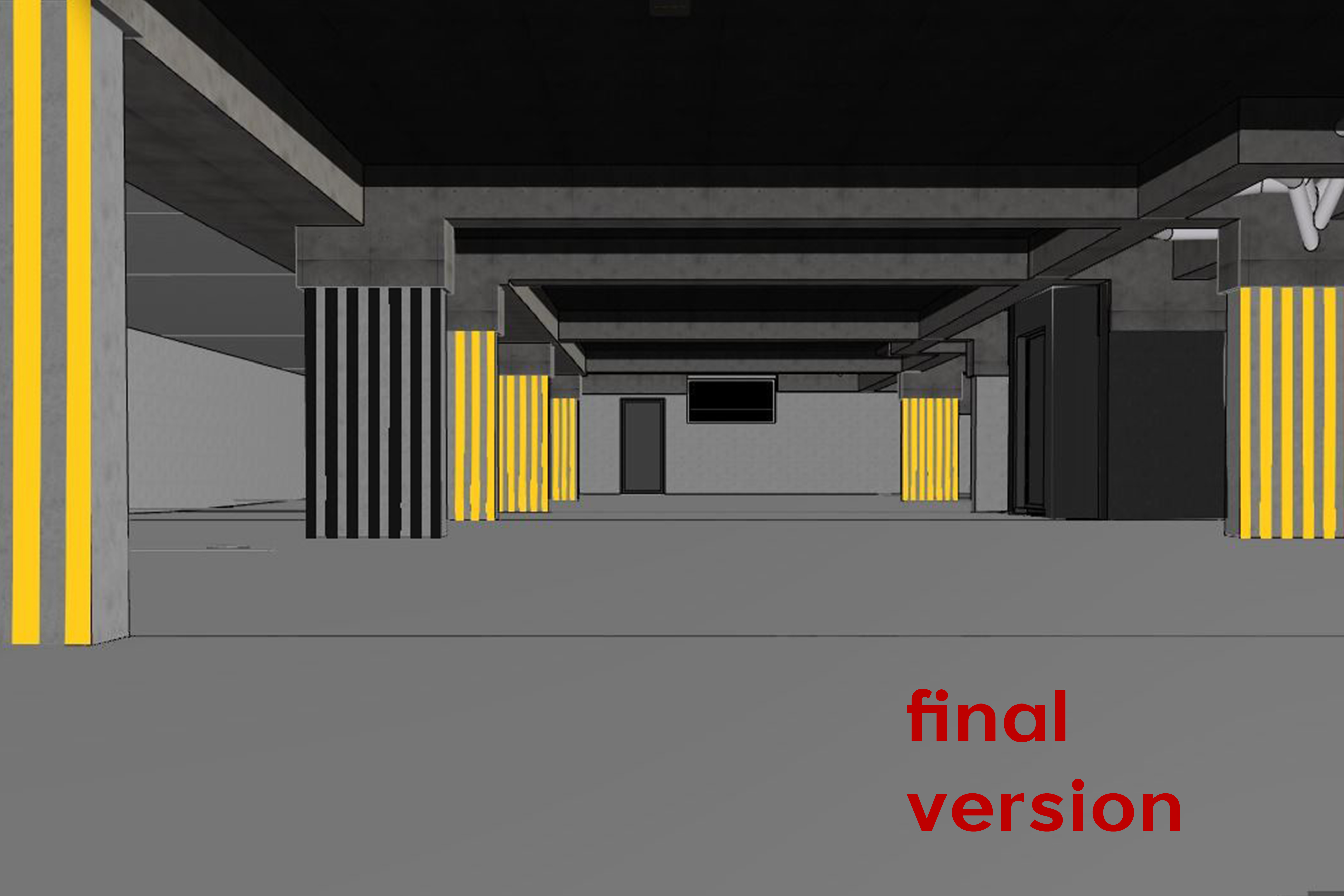
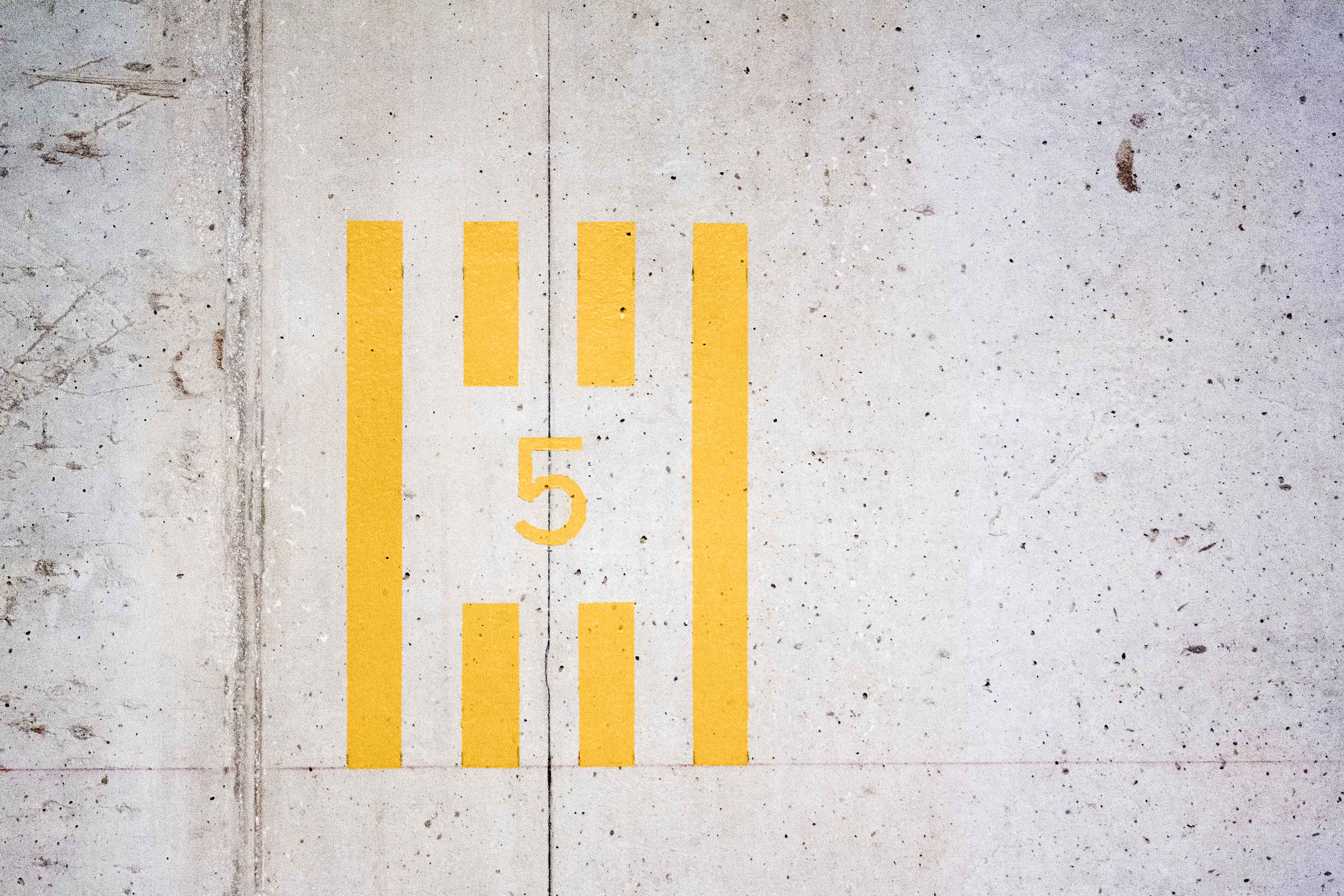
Despite showing only a small portion of his oeuvre, each work at the fair involves a motif that has been with the Paris-based artist since the beginning: stripes. Be it a striped fabric on top of which he has painted abstract shapes, colorful stripes painted on canvas, or brown and black stripes made of resin and marble, the repetition of vertical lines is consistent in Buren’s work. For every exhibition, Buren also creates entirely new bodies of in situ (site-specific) work. At the closing of a show, his works are either entirely destroyed or attached to a set of rules that determine future placement. While works on view at The Armory Show were once in situ, they now follow such rules.
Specific Details
Designed to Connect with the Building
An architectural Detail is a small piece of the whole, yet it has the power to characterize and define the entire building. Details tell us what a building is; they are fundamental to the life and personality of a space. Additionally, the design of a simple connection can and should be indicative of the designer's attitude toward the building in general; indeed, detail is architecture at its smallest size.

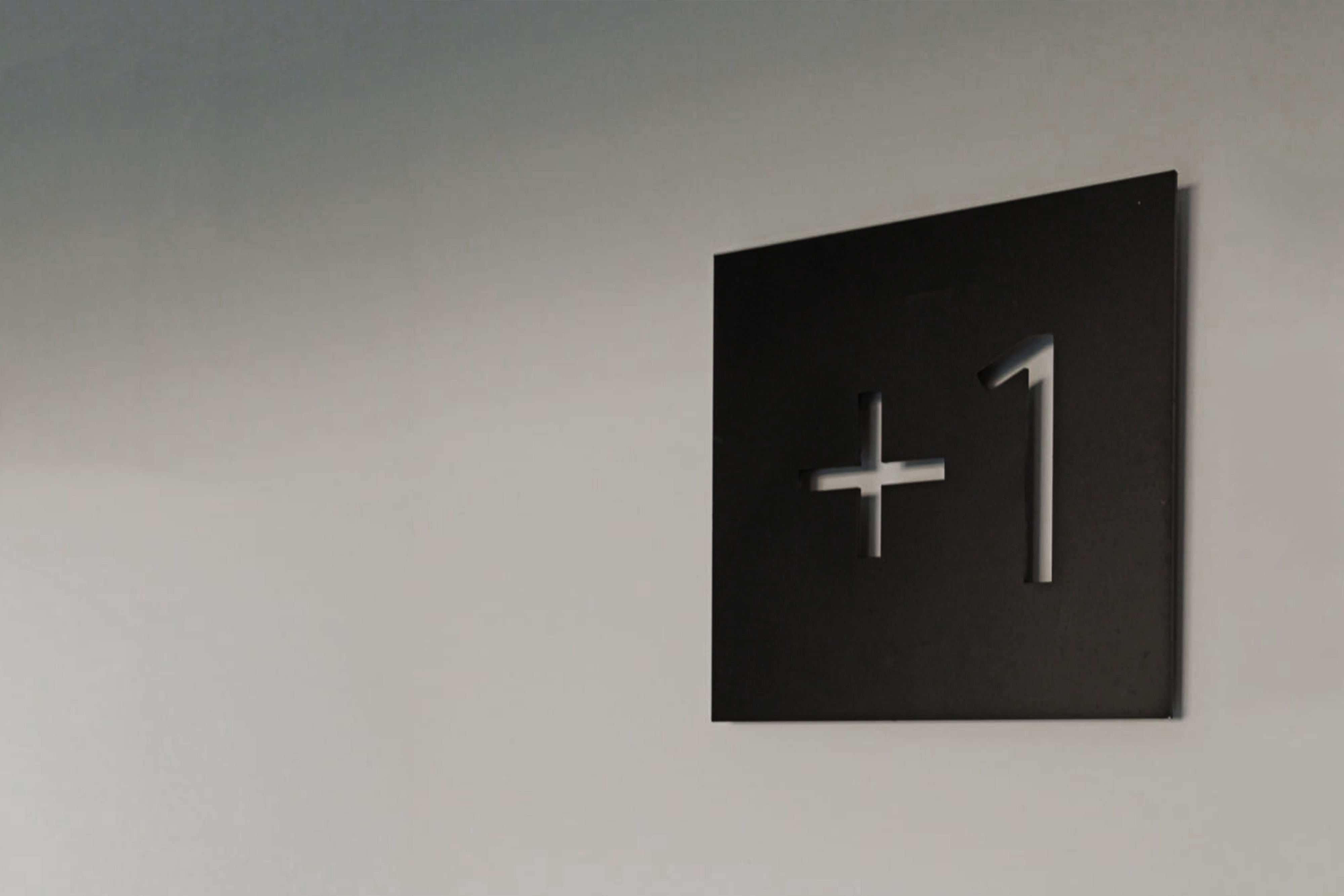
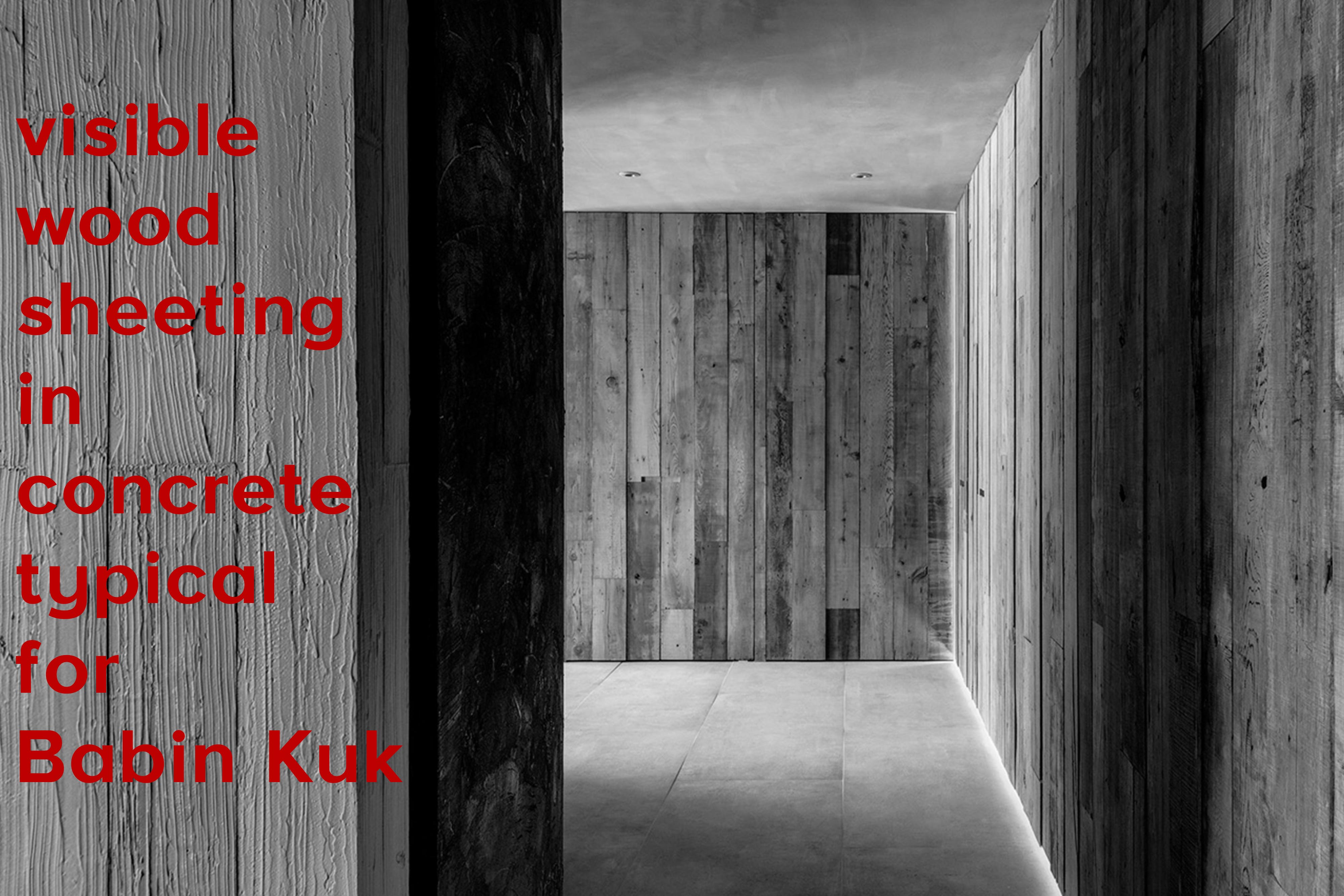
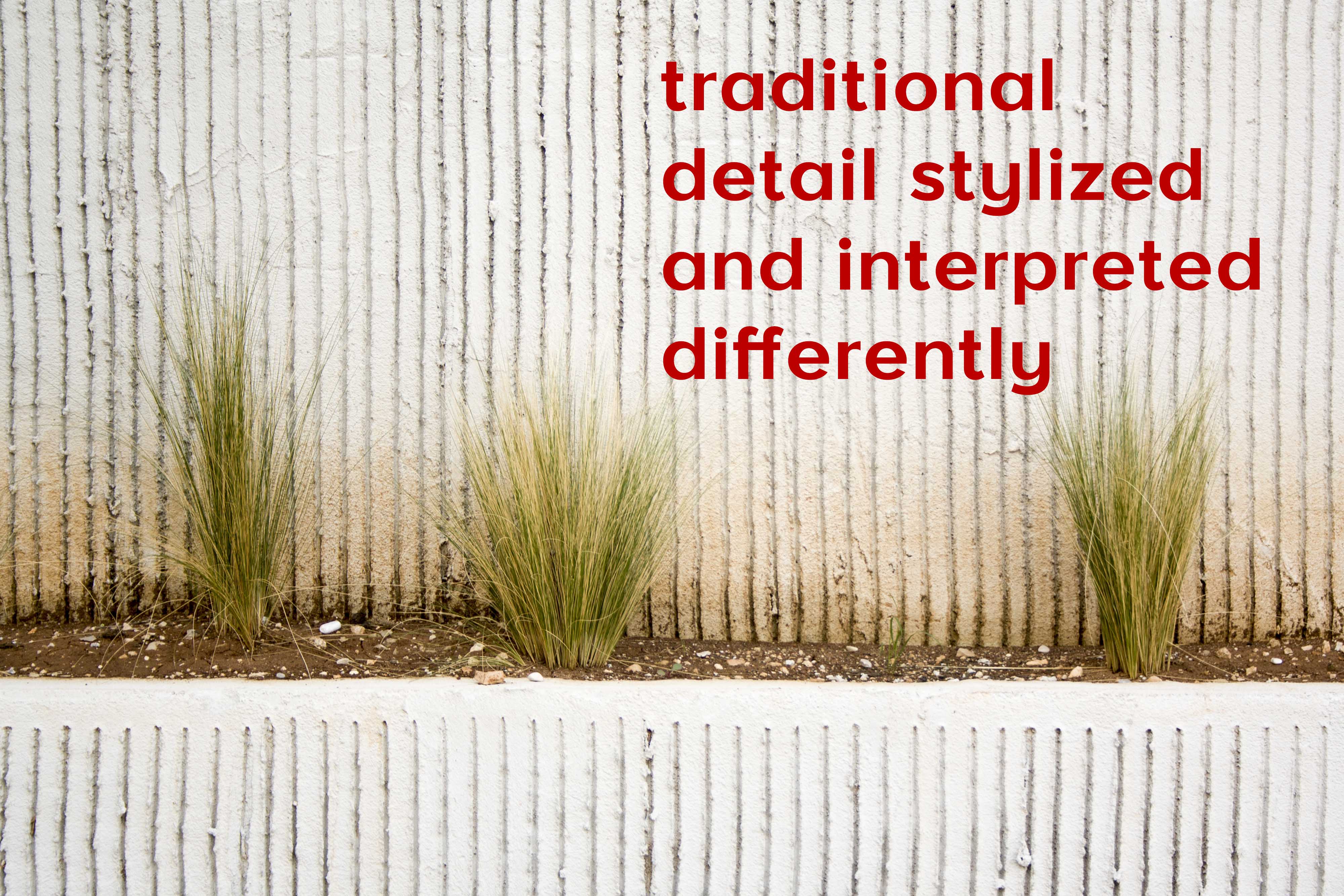
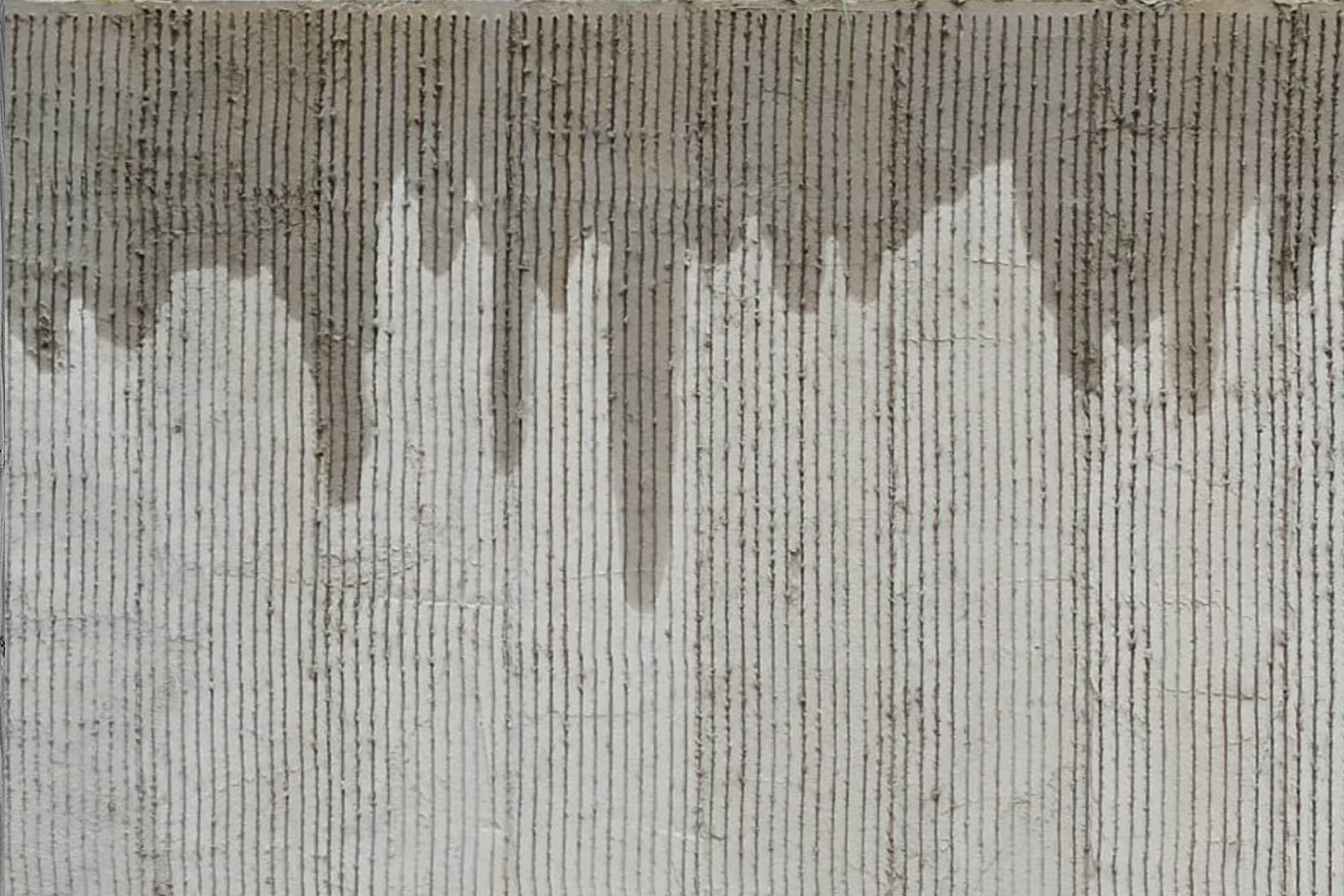
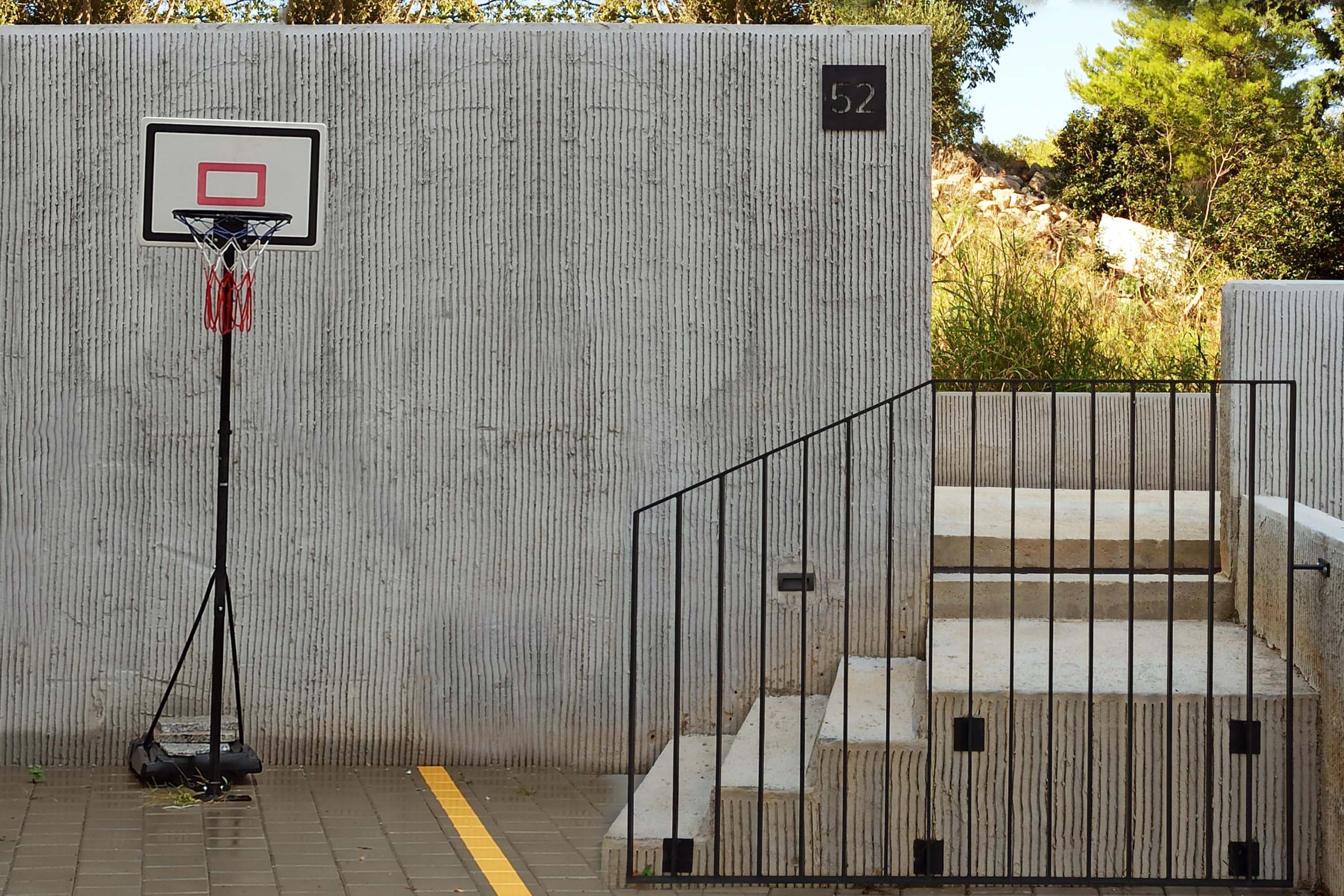
In architecture details prove the level of knowledge and skill of both the architect, the manufacturer and the craftsman – and they are REAL! Details are determined by the material qualities and by the technical as well as cultural understanding of their purpose and meaning. Details determine the essence, durability and vitality of the building in present situations and over time. Details supply new perceptions and findings long after the idiomatic treatment of the building has been exhausted.